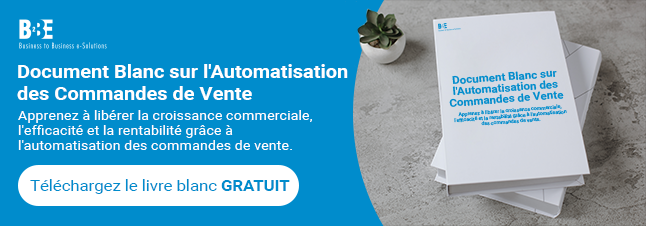In an era where technology evolves at a breakneck pace and automation reigns supreme, it’s surprising to see many organisations still clinging to manual processing. Businesses, both big and small, continue to grapple with the decision to automate or rely on traditional, labour-intensive methods.
This examination dives deep into the critical question: “Are businesses still using manual processing?“. In a rapidly evolving business landscape, implementing automation isn’t just a trend; it’s a strategic imperative. It’s about ensuring that your business not only survives but thrives in an increasingly competitive market.
Poll results
In our most recent LinkedIn poll, we asked our social media followers: are you still using manual processing in your business?
Are businesses still using manual processing?
Yes – our results tell us that 50% of businesses are still relying on manual processing methods, whilst 33% indicate that they plan to automate soon. Just 17% have completely transitioned to a fully automated workflow.
What we found:
Yes – 50%
A significant 50% of the respondents affirmed that they continue to rely on manual methods. This statistic sheds light on the current landscape of business processes and underscores several noteworthy implications when compared to automation.
The fact that 50% still employ manual processing suggests many businesses are in various stages of their digital transformation journeys. Undoubtedly, automation offers numerous advantages in terms of efficiency, accuracy, and scalability. However, the decision to maintain manual processes may arise from a number of factors. For example, the uniqueness of certain workflows, cost considerations, or the need for human intervention in complex decision-making.
In contrast, the other half of respondents who have embraced automation, or plan to do so soon, acknowledge the value of streamlined operations, cost savings, enhanced accuracy, and the ability to respond rapidly to market dynamics. Automation often represents a strategic commitment to staying competitive and efficient in an increasingly digital business landscape.
Yes, but automating soon – 33%
A significant 33% of the respondents indicated that they are currently utilising manual processing but have plans to transition to automation in the near future. This statistic reveals a proactive stance towards optimising business operations. It also carries several noteworthy implications when compared to both fully manual and fully automated approaches.
The 33% who plan to automate soon demonstrate an awareness of the benefits that automation can bring to business processes. Their decision reflects a commitment to enhance efficiency, reduce operational costs, and improve overall competitiveness. It signifies that these businesses are in the midst of planning and strategising their transition to automation.
As they embark on this journey, they are likely evaluating their current processes, identifying pain points, and considering the best automation solutions to address their specific needs. This approach enables them to harness the advantages of automation. All while still retaining the flexibility and expertise of manual oversight where necessary.
Compared to businesses that are fully automated, those in the process of automating soon may face a temporary overlap of manual and automated processes. However, this transitional phase is often seen as an investment in long-term gains. This is because it allows them to carefully tailor automation to their unique requirements.
No, fully automated – 17%
A notable 17% of the respondents declared that they have completely transitioned to a fully automated workflow. This statistic signifies a high degree of commitment to leveraging technology and optimising operational efficiency.
For these businesses, the decision to go fully automated reflects a deep understanding of the advantages that automation can bring. Their processes are streamlined, resource allocation is optimised, and the potential for errors is significantly reduced. This commitment to automation often goes hand in hand with an eagerness to embrace technological advancements and stay at the forefront of their industries.
Compared to businesses that are still using manual processing, those that are fully automated can often respond to market changes more swiftly. As well as having the potential for long-term cost savings, and provide a higher level of service consistency and quality. They have likely invested in robust software solutions and established efficient workflows to support their operations.
While the journey to full automation may involve some initial investments and adaptation periods, the long-term benefits often outweigh these challenges. These businesses are better equipped to meet customer demands, adapt to market shifts, and make data-driven decisions that drive growth and competitiveness.
Learn more about B2BE’s Sales Order Automation solution.
More information
B2BE’s experience in the supply chain sector allows our customers to build, expand and adapt successfully, enabling greater effectiveness. To engage with B2BE and offer feedback on what matters most to you and your business, make sure to follow us on LinkedIn and across social media. You can also vote in our latest LinkedIn poll. If you’d like to discuss your supply chain strategy, get in touch with us.

